Waterproof watch: what you need to know about waterproof watches
Can I swim with my watch? If it says 30 meters, can I dive with it up to 30 meters? An important feature for watches is water resistance, which will ensure that water and other substances do not penetrate the watch and damage its components. The terms ATM or waterproof are not always clear to everyone. Find out in this article what you can and cannot do with your waterproof watch.
WATERPROOF WATCH: THE LEVELS OF WATERPROOFNESS

In watchmaking, water-resistance is defined as the ability to prevent liquids or gases from passing through. It is mainly determined by the pressure resistance of the watch. Manufacturers often use units such as meters (m), feet (ft) or atmospheres (ATM) to indicate the water resistance of the watch. The abbreviation "ATM" refers to the normal atmosphere and is calculated through a physical process to determine the maximum pressure the watch can withstand, i.e. water pressure. The ATM is therefore a unit of pressure that will indicate the water resistance of the watch. To qualify as waterproof, watches must have passed the required tests and comply with industry standards. It is important to note that the number shown does not refer to depth, but rather to a unit used to measure the water resistance of the watch.
Here is a guide to understanding what you can do with your waterproof watch:
- 1 ATM: If your watch is water resistant to 10 meters, it is recommended that you avoid contact with water. Although accidental contact with rain is possible, it is important to be very careful when the waterproof watch is exposed to liquids. Under no circumstances should it be submerged or exposed to a stream of water.
- 3 ATM: With 3 ATM, your waterproof watch can withstand a few splashes when washing your hands or with rain. However, we strongly recommend that you remove it when showering or swimming to avoid any risk of damage. This is the case with our first collection made from the Aston Martin DB5.
- 5 ATM: If your watch is water-resistant to 5 ATM, it means that it can withstand slight immersion in water. You can use it for underwater immersion, such as a pool or bath. However, it is recommended to avoid subjecting your waterproof watch to a jet of water on the glass or push buttons, such as with a shower or while diving. Our second AJ-P400 collection offers 5 ATM water resistance.
- 10 ATM: With a 10 ATM waterproof watch, you can enjoy prolonged contact with water and therefore total immersion without any risk to your watch. You can practice sport swimming or diving reasonably without fear of damage.
- 30 ATM: Watches with a water resistance of 30 ATM (or more) are considered completely waterproof. These watches are basically designed for professional deep-sea scuba divers. If you have this type of waterproof watch, then you can dive, swim or do various water sports safely.
MISTAKES TO AVOID ON A WATERPROOF WATCH

Here are a few things to avoid when you have a waterproof watch:
- Using the push buttons or winder underwater: it is not recommended to use the buttons when your waterproof watch is submerged in water, as this can lead to leaks.
- Exposing the waterproof watch to sudden changes in temperature: It is recommended to avoid sudden changes in temperature, as this may affect the water resistance of your watch. The most common case is in the summer when you are sunbathing on the beach and then go swimming.
- Exposing a waterproof watch to chemicals: avoid exposing your watch to chemicals such as perfumes, cleaning products, oils, solvents, etc., as they can damage the water resistance of your watch.
- Not rinsing your waterproof watch with clean water after exposure to salt or chlorinated water: after exposure to salt or chlorinated water, it is important to rinse your watch with clean water to remove residues that may cause damage to your watch.
- Wearing a leather strap when doing water activities. It is not advisable to wear a leather strap when the watch is immersed in water. Leather is a material that tends to deteriorate quickly when exposed to water. It can become waterlogged and expand, which can damage the strap and even cause it to crack. Water can also alter the color and texture of the leather. It is therefore recommended that you choose a stainless steel, silicone or rubber strap when wearing your watch underwater.
Conclusion
It is worth remembering that owning a waterproof watch is not essential for everyone, as it depends on the habits and lifestyle of each person. If you are not a person who regularly practices water sports or if you regularly take off your watch while showering for example, you can be satisfied with a watch that does not have this functionality.
However, for people who practice water sports, the water resistance of their watch is an important criterion to take into account to avoid any risk of damage or malfunction. In this case, it is preferable to invest in a quality waterproof watch that can withstand shocks and prolonged immersion.
It is also important to note that even a waterproof watch does not guarantee total protection against water. Factors such as wear and tear on the seals, the age of the watch or accidental damage can affect the watch's ability to resist water. It is therefore important to take care of your watch and have it checked regularly by a professional to maintain its water resistance.







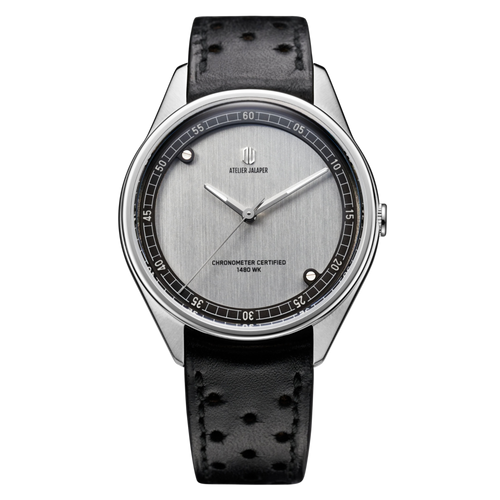


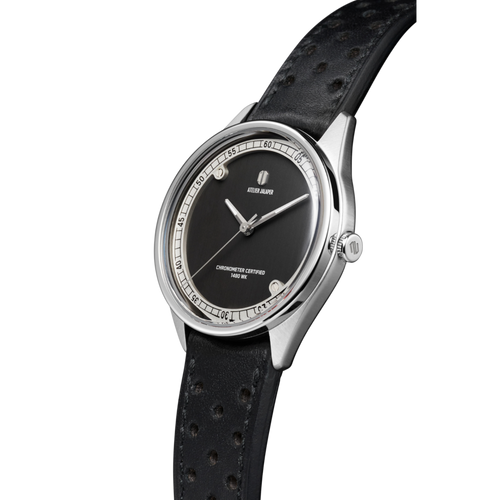

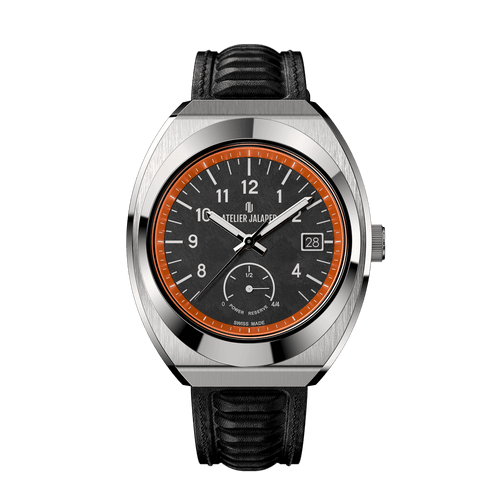
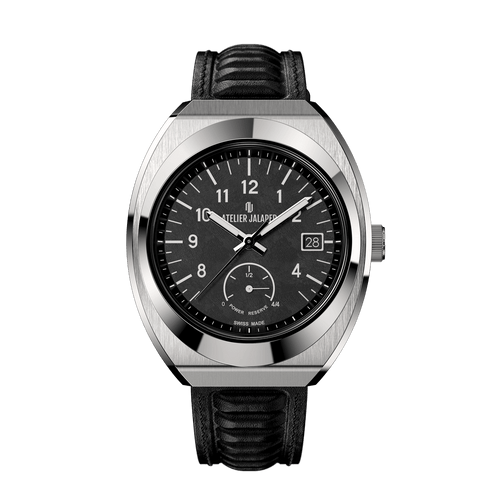
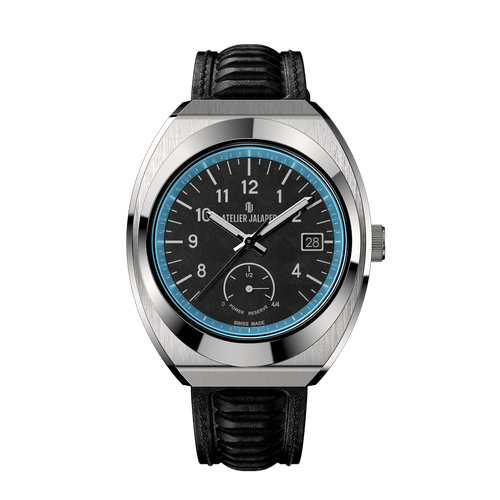


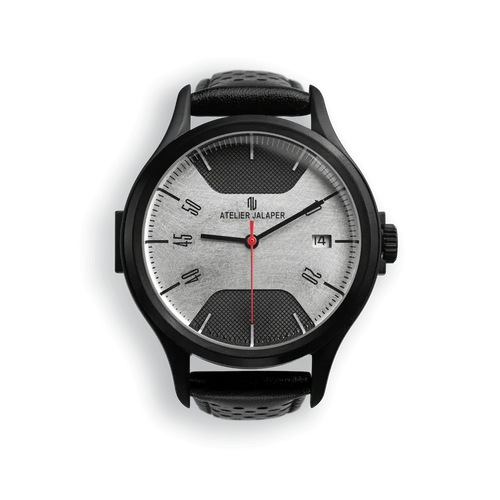

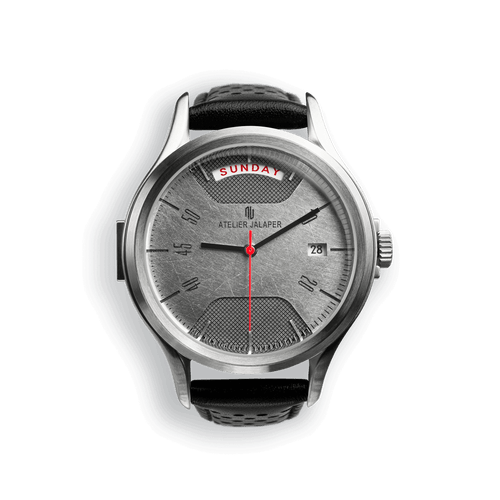
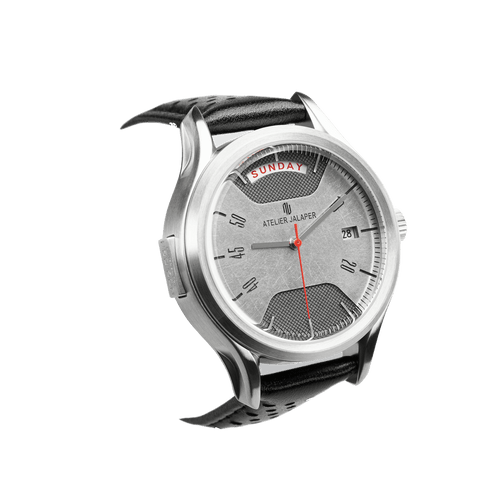
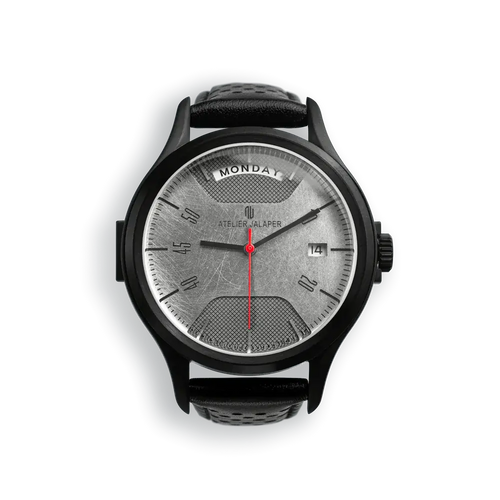



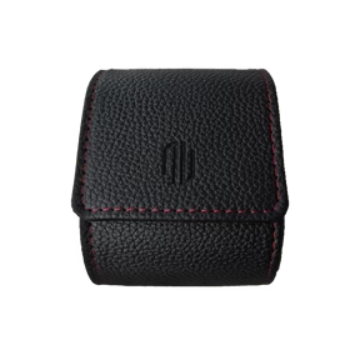

Leave a comment